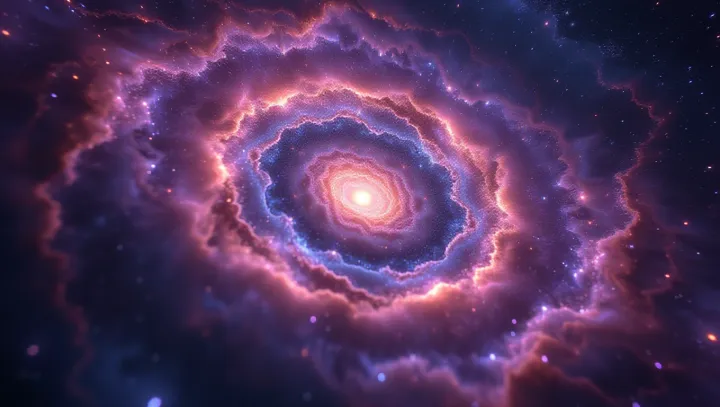Stars Unite: Galactic Nebula Mystery

In the vast, uncharted expanses of the cosmos, nebulae are fascinating phenomena, enigmatic swirls of interstellar dust and gas. But according to recent reports from observatories located in Hawaii, these nebulae are not just cloudy masses; they are intricate structures housing innumerous stars. Astronomers have long pondered the nature of nebulae, but the latest data reveals just how these apparent clouds can be deceptive.
What appears to be a diffuse mass is often a dense congregation of stars, forming an integral part of the galactic ecosystem. Through advanced telescopic technology, researchers can now explore these celestial wonders with unprecedented clarity. The findings underscore the nebula's role as both birthing grounds for new stars and remnants of those gone supernova, adding to the complexity of our universe.
Scientific insights from such studies not only illuminate our understanding of cosmic formation but also provoke questions about the universe's expansive architecture. Professor James Kent, a noted astrochemist, emphasizes that unraveling nebulae mysteries may unlock new cosmic paradigms. As humanity stands on the cusp of further space exploration, the intrinsic role of nebulae in the universe's development offers a cosmic guidebook of sorts.
The growing curiosity alerts the scientific community to continuously traverse these stellar labyrinths, deciphering the 'stellar nursery' that nebulae represent.
